One thing is for sure, when it comes to composting, all leaves are not the same – and that is why it is vital to know what leaves are best for composting, which should be used in moderation, and which varieties of leaves should be left out of your pile completely!
Autumn is here, and that means there will soon be leaves littering the ground. Leaves are actually one of the best resources around for gardeners. Especially when you consider they are completely free for the taking.
Leaves can be used all throughout the landscape. They are wonderful for helping cover and protect plants from the constant freezing and thawing winter can bring. They can also easily be incorporated into garden and flowerbed soil to help recharge depleted nutrient levels.
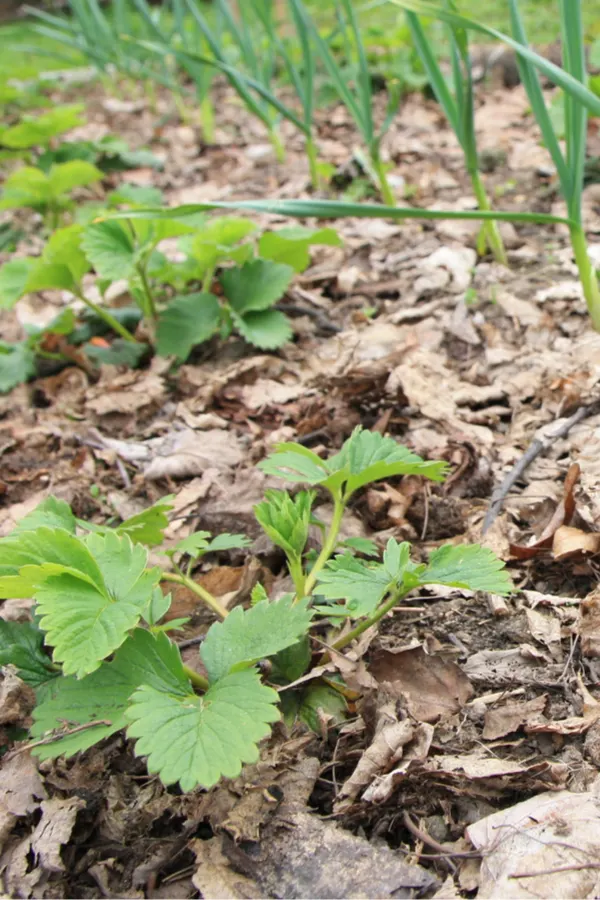
But maybe best of all, the leaves of autumn, in all of their abundance, are the perfect addition for building an incredible fall compost pile. Not only are they bountiful, they are loaded with nutrients. Nutrients that energize the compost, all while adding large amounts of organic matter to it as well.
Not All Leaves Are The Same…
Unfortunately, not all leaves have the same value to a compost pile. While some varieties are filled with goodness, other tree’s leaves can have very little nutritional value. Even worse, some can actually be toxic to plants when used anywhere near them.
With that in mind, today’s article is all about knowing which of those falling leaves are good for composting, and which are best to use in moderation, or not at all. To start off, let’s take a look at the best of the best when it comes to composting leaves
How To Know What Leaves To Compost – Good vs Bad Leaves
The Best Leaves For Composting
Maple Leaves
When it comes to the best of the best, maple leaves are certainly at the top of the list. Maple leaves have higher levels of nitrogen and calcium, which of course, are both perfect for plants, and a compost pile.
The thin skins of maple leaves also shred easily and break down quickly in a compost pile. But maple leaves also have another big advantage for compost piles in that they are extremely low in lignin.
Why is a low lignin level important? Because lignin levels are crucial when it comes to how fast your compost pile will break down. Even more, lignin has a significant impact to the nitrogen levels in your finished compost, and the soil you will use your compost in.
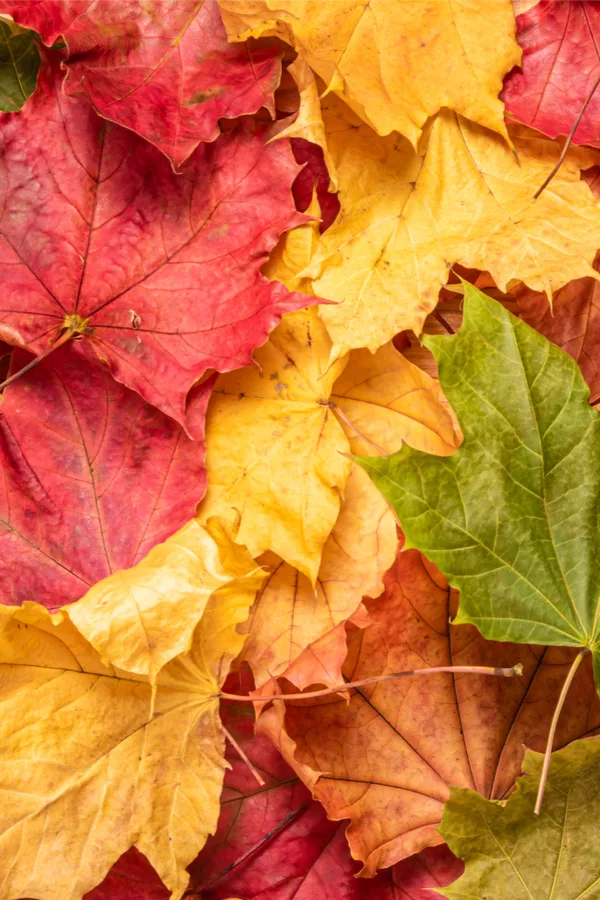
The Low Down On Lignin
Without getting overly technical, lignin is an organic polymer that helps to form cell walls in wood, bark and leaves. The more lignin that is present, the harder it is to break down the material. Hence, the longer it will take to break down in a compost pile.
But high levels of lignin also cause another issue in that they love to devour nitrogen. As lignin decomposes, it actually consumes nitrogen to help the process.
By using leaves with high lignin levels, you can actually end up with less nitrogen in your soil. As you will see below, one of the common denominators of good leaves versus bad leaves is their lignin level.
Fruit Tree Leaves
The leaves of all fruit trees are another great choice for composting. Fruit tree leaves have good levels of nitrogen, phosphorous and potassium. Like maple leaves, they also have low levels of lignin.
With their thin walls, fruit tree leaves also break down extremely fast. In fact, they are among the fastest of all leaves to completely incorporate into a compost pile.
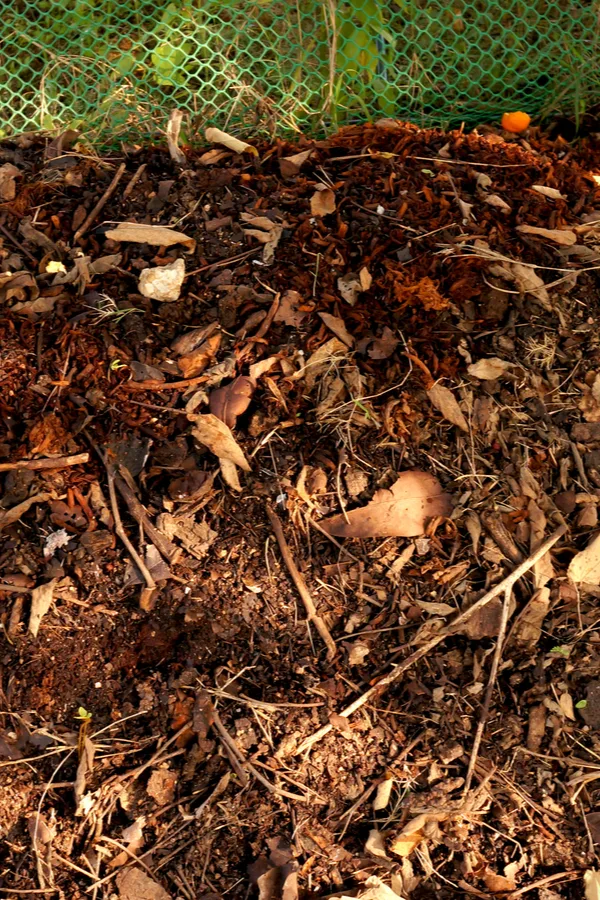
Poplar, Ash, Willow, Cherry, Black Cherry & Elm
Other great leaf varieties for composting are poplar, ash, willow, cherry, black cherry and elm tree leaves. All of these are well balanced in their nutrients. They also all have lower levels of lignin.
One final note on composting the “good” leaves. Although all of these varieties have thinner membranes that break down quickly, they all benefit from being shredded before adding to the compost pile.
All leaves have a tendency to bind together when left whole. In some cases, this can slow the process of decomposition by twelve to eighteen months.
Always shred leaves before adding to a compost pile. Electric and gas shredders are great options – but a push or lawn mower can shred them incredibly well too. Product link : Earthwise Electric Chipper/Shredder

Leaves To Use In Moderation – How To Know What Leaves To Compost
There are some varieties of trees leaves that can still be composted, but should be used only in moderation.
In some cases, it is because the leaves fall more on the acidic side and can upset the final PH makeup of a compost pile. In other cases, some trees leaves tend to have a bit higher lignin levels.
When composting the varieties below, try to keep your pile’s make-up at no more than 10 to 15% of these types of leaves:
Oak Leaves
With their thick, shiny outer layer, oak leaves are extremely slow in decomposing. This is due in part to the oak leaves’ higher levels of lignin. In addition, oak leaves fall on the acidic side of the spectrum. Although they can be composted, they should be used in moderation.
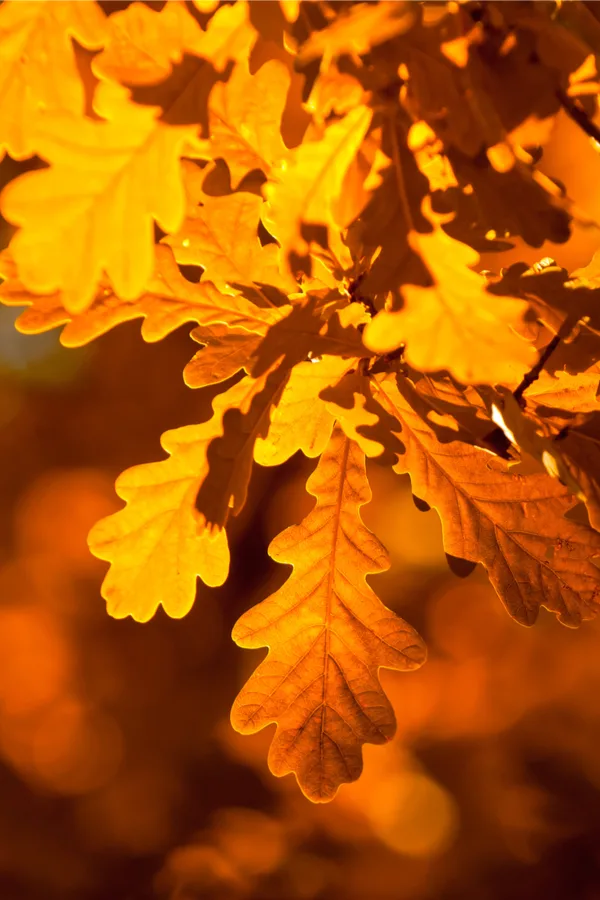
Beech Trees
Like oak trees, beech trees also have a higher level of lignin. Their waxy leaves also tend to take much longer to compost as well. It is okay to add a small portion of beech leaves to a compost pile, but they should never make up more than 10% of the total makeup.
Ginkgo Tree Leaves
Although the leaves of the Ginkgo tree do not contain any harmful ingredients to plants, they are extremely waxy. Because of this, they can take much longer to break down when used in large quantities.
Add them in moderation to piles, always being sure to shred them as finely as possible to speed decomposition. Unfortunately, these leaves are also hard to shred!
Leaves To Avoid
There are some leaves that should never be composted and never used around plants. Here are three to always avoid:
Black Walnut
Black walnut trees and gardening simply do not go hand in hand. Not only can the roots of black walnut trees be toxic to a whole slew of annuals and perennials, their leaves can as well.
Black walnut trees excrete a toxin known as juglone. This toxin can make quick work of vegetable garden plants as well as many flowering annuals and perennials. If that wasn’t enough, the leaves of black walnut trees contain ingredients that can also prevent seeds from germinating.
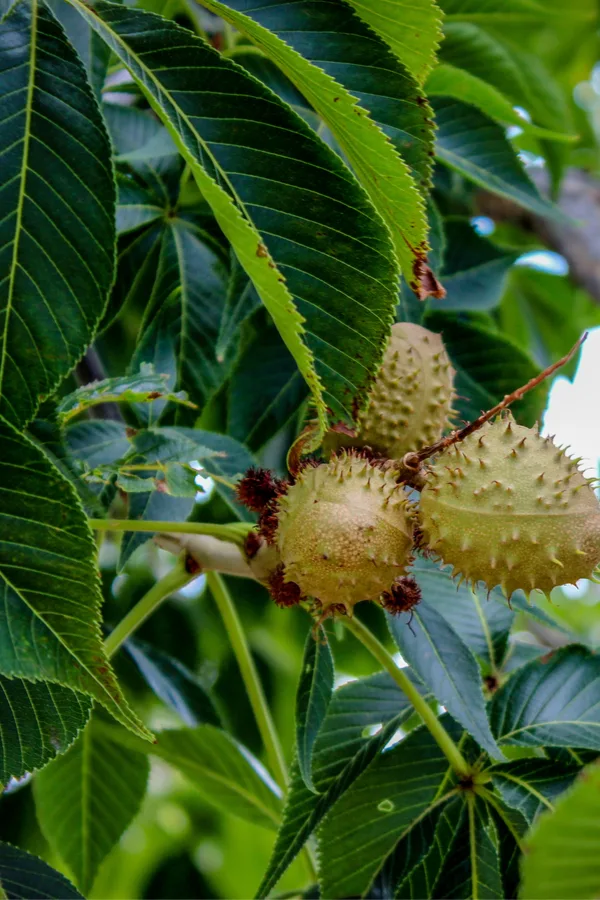
Buckeye Trees
Not only are the glossy, hard leaves of the buckeye tree nearly impossible to compost, they too have a toxin that can be harmful to wildlife and humans as well. Much like with the black walnut, leave buckeye leaves out of a compost pile.
Eucalyptus Trees
The eucalyptus tree and leaves contain a toxin that can prohibit plant growth as well as prohibiting seeds from germinating. Always keep eucalyptus leaves out of the compost pile completely to avoid any adverse issues with plants.
Here is to making the most of your autumn leaves, and to building healthy, nutrient filled compost with leaves! For more information on how to build a great fall compost pile with leaves, check out our How To Create A Great Fall Compost Pile article on the blog.
Follow Our Facebook Page For Great Gardening Tips And Advice! This Is My Garden Facebook Page
This Is My Garden is a garden website created by gardeners, for gardeners. Jim and Mary Competti have been writing gardening, DIY and recipe articles and books and speaking for over 15 years from their 46 acre Ohio farm. They publish three articles every week, 52 weeks a year. Sign up today to follow via email, or follow along!

